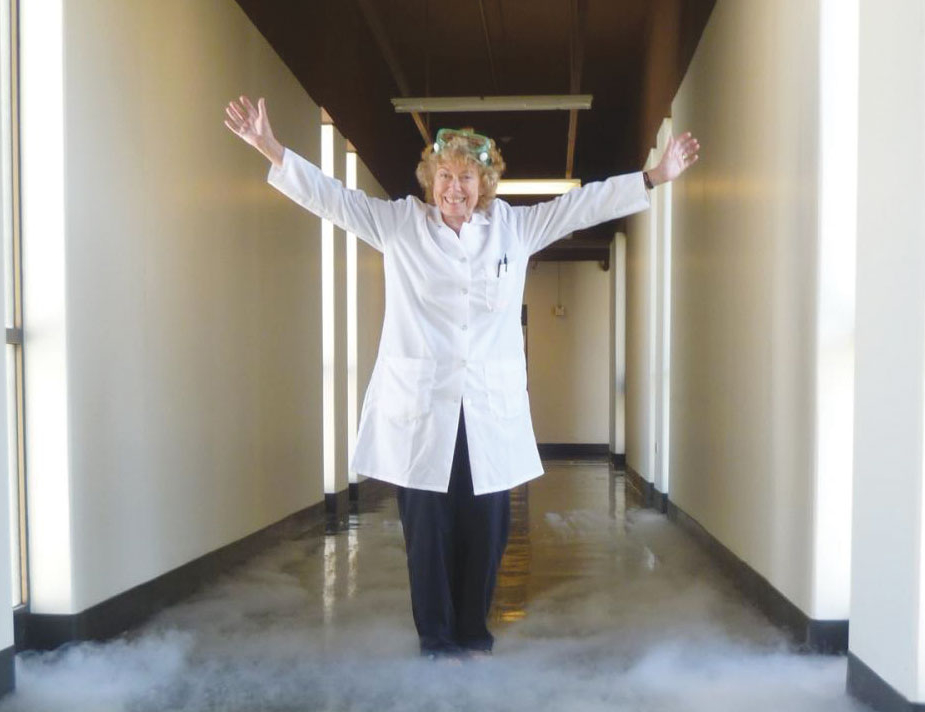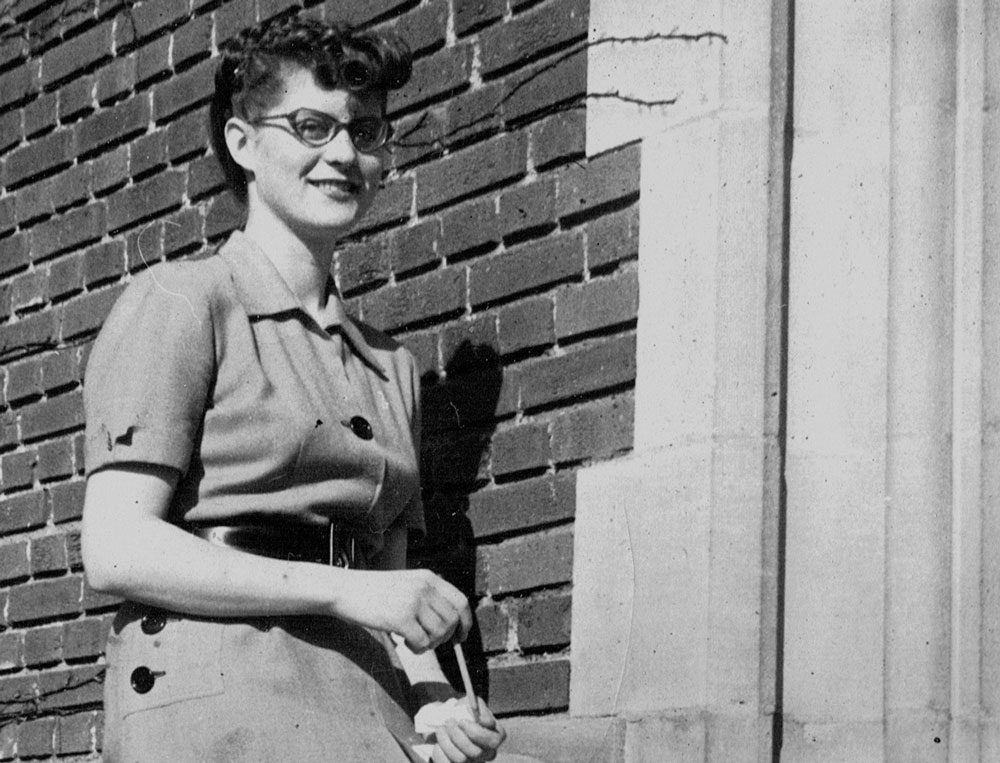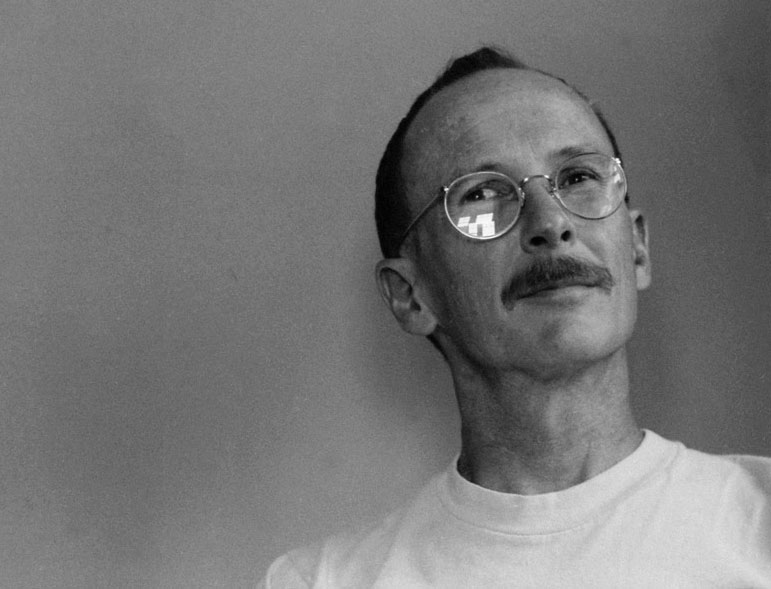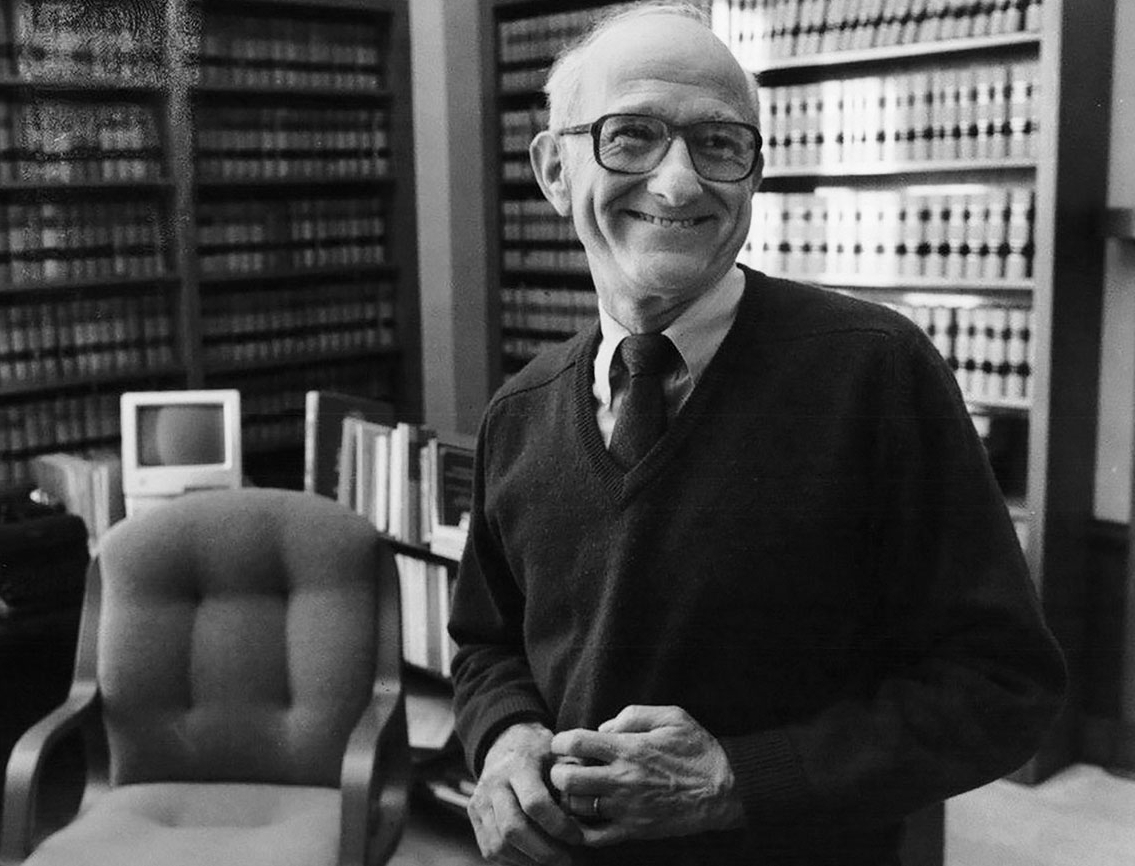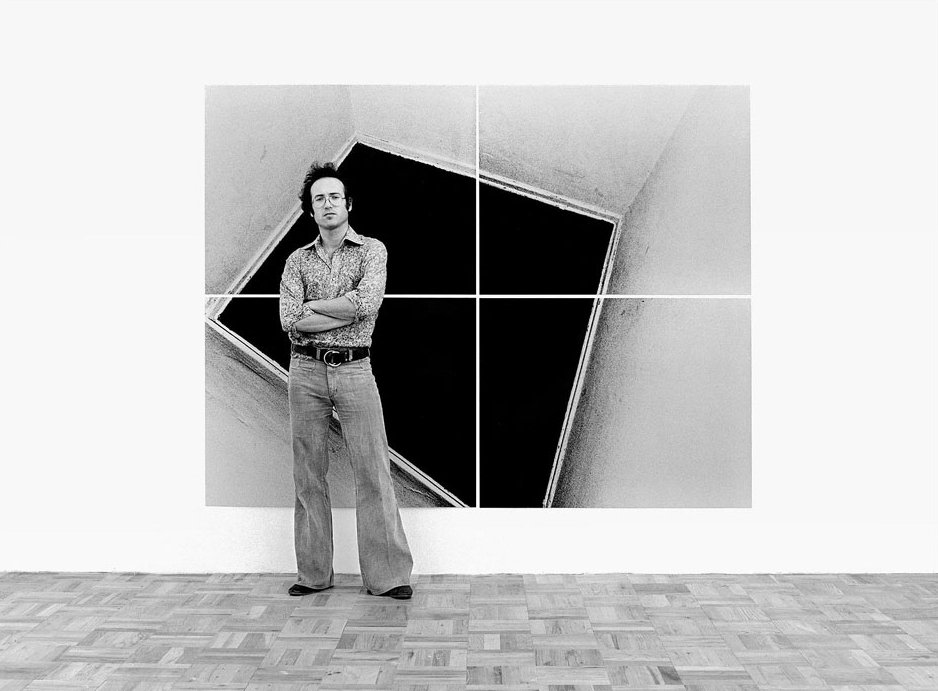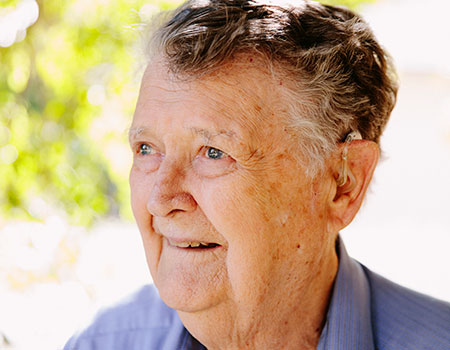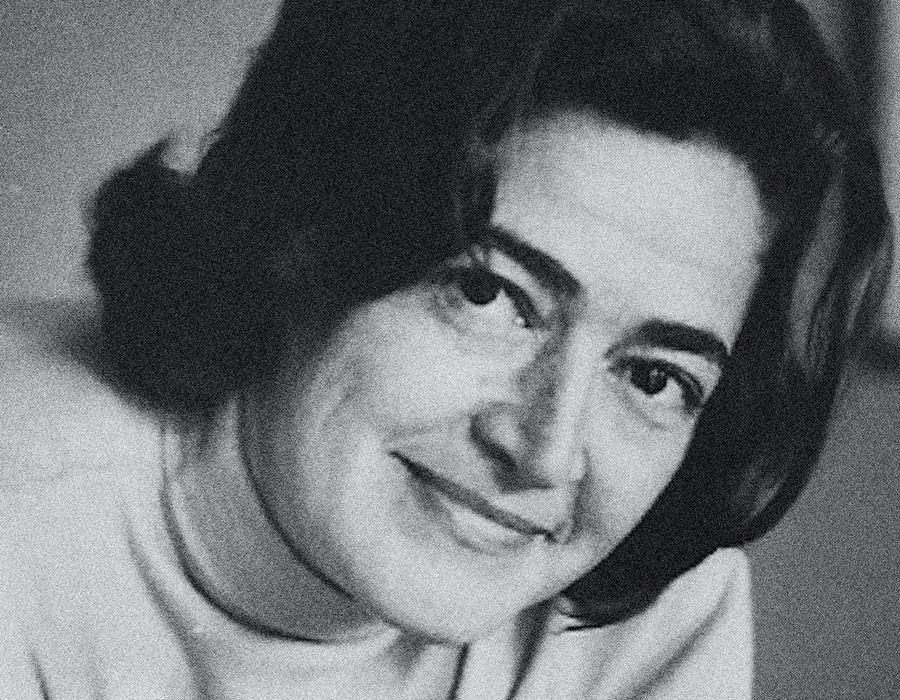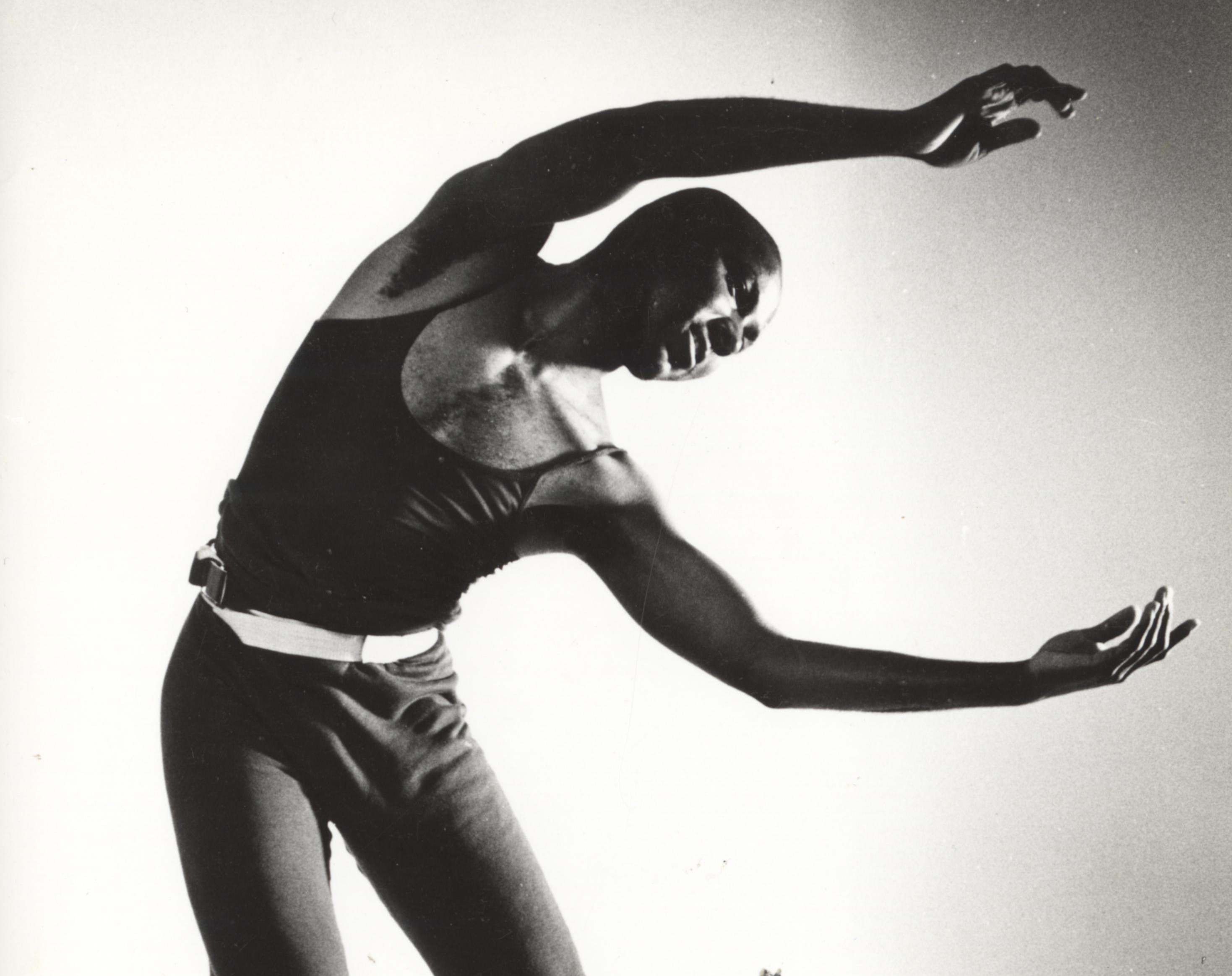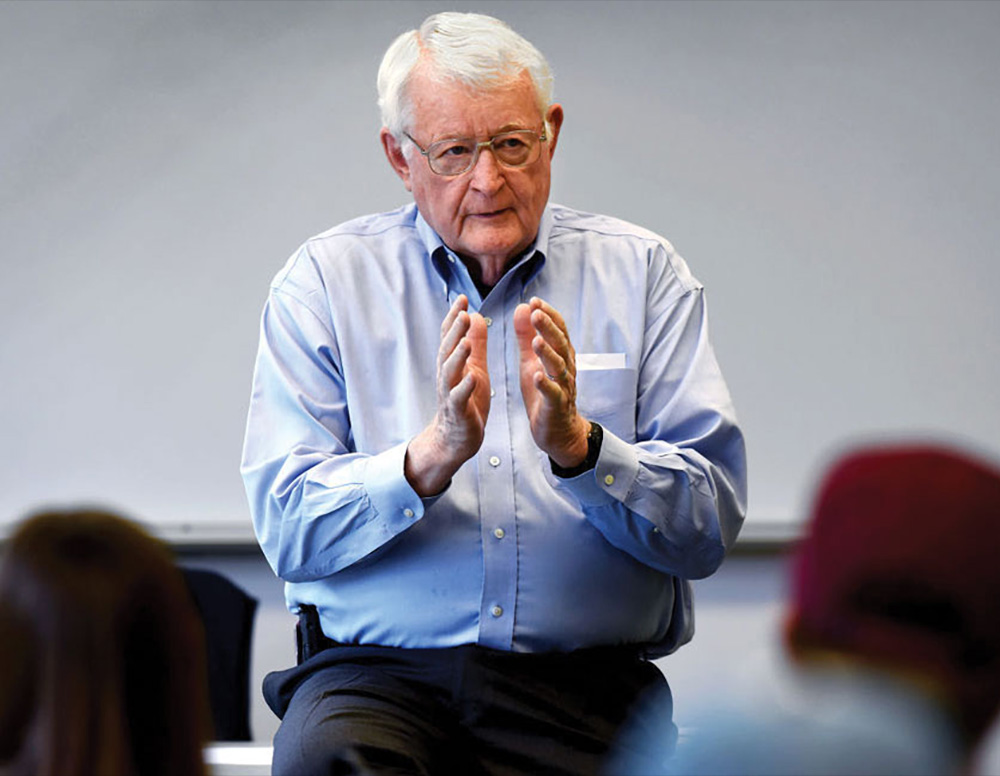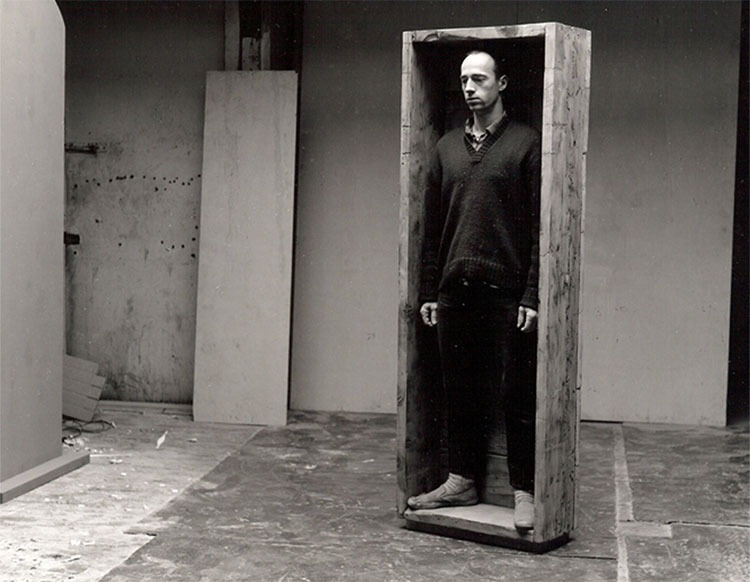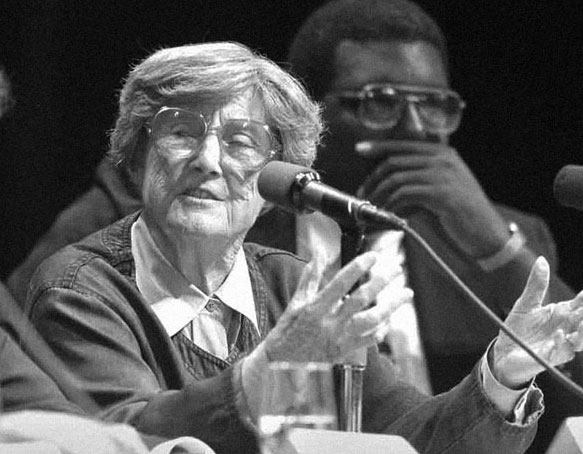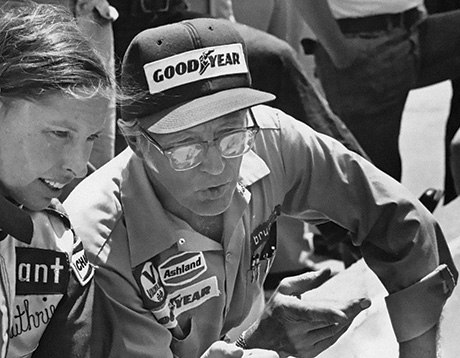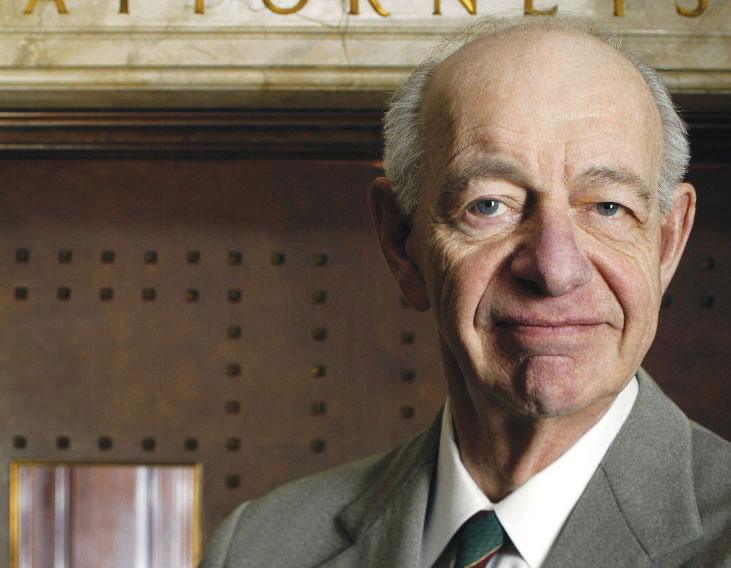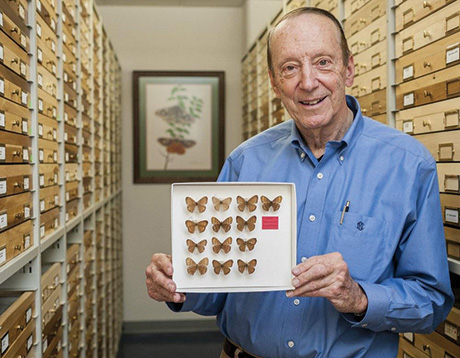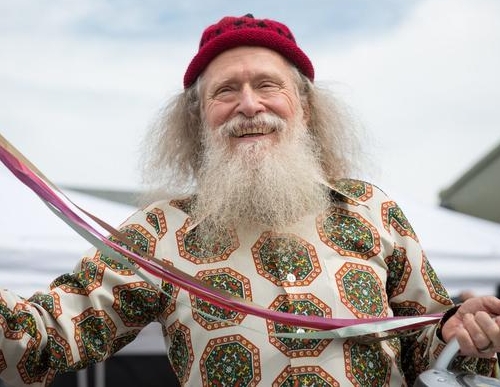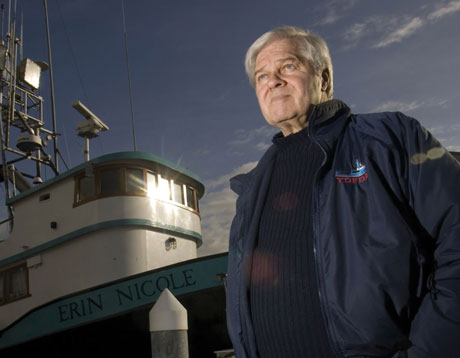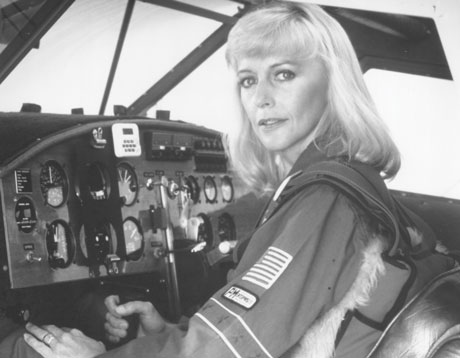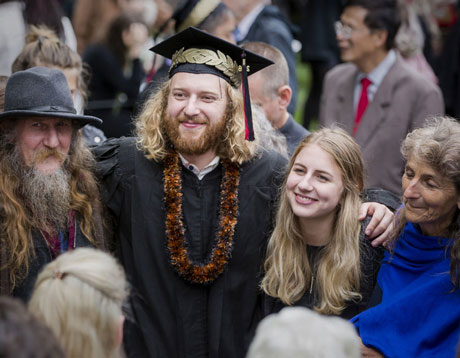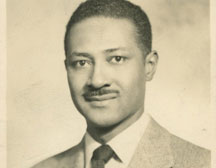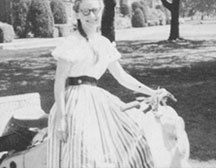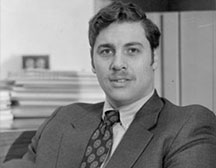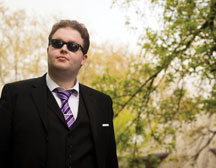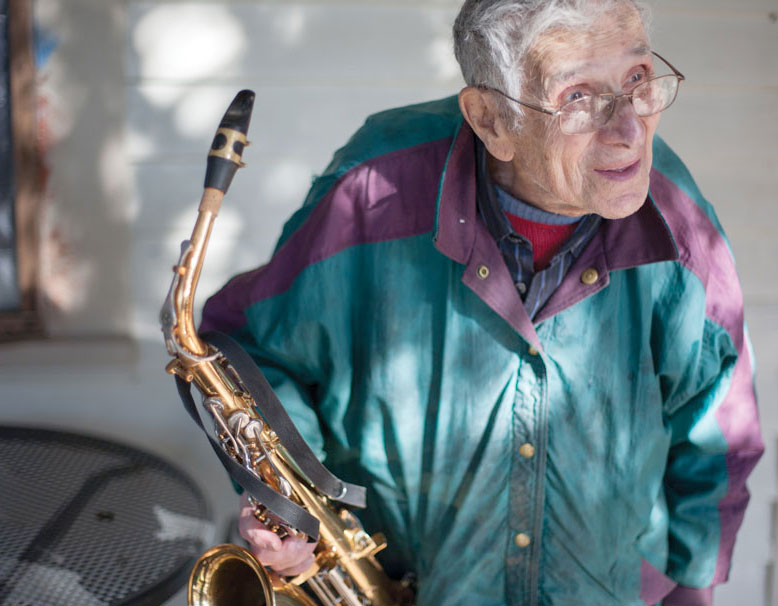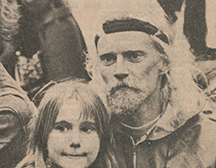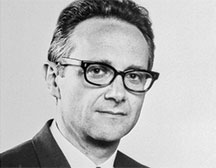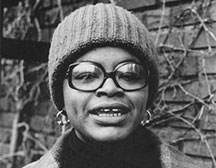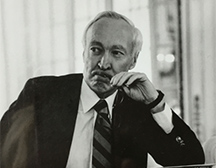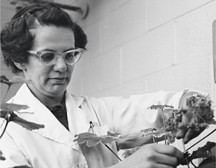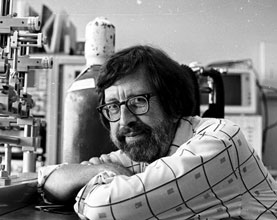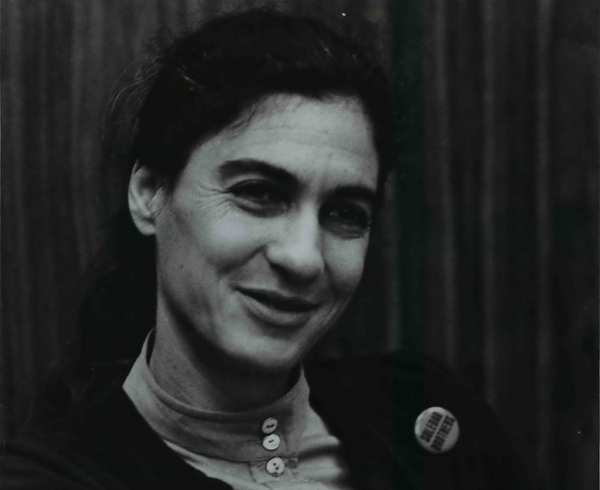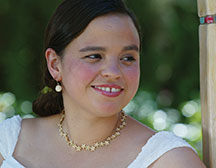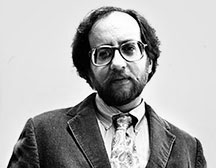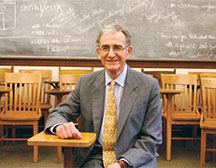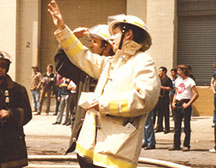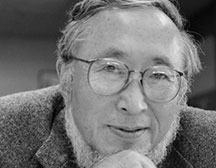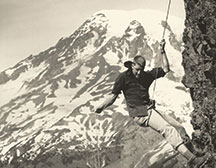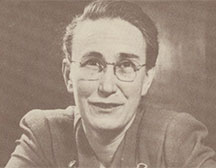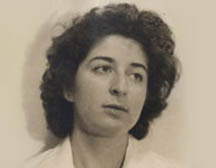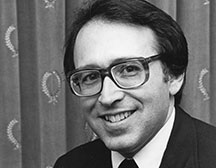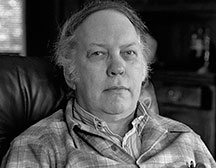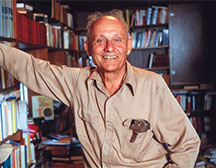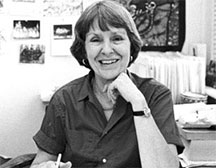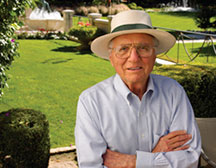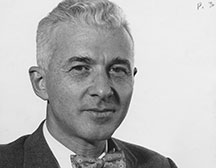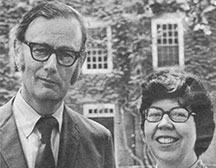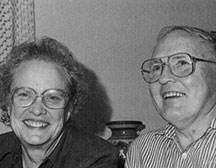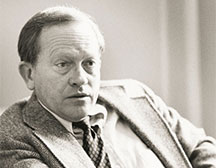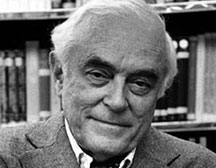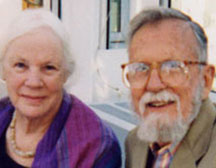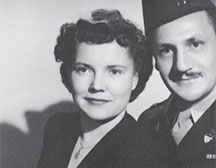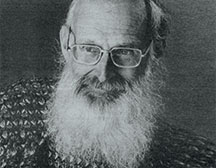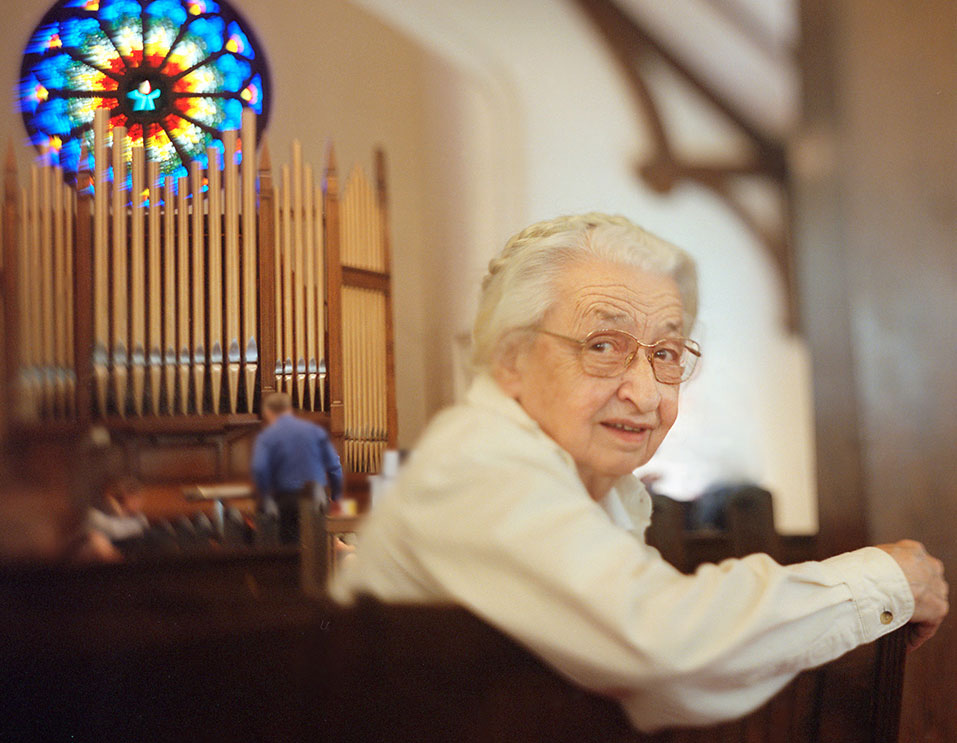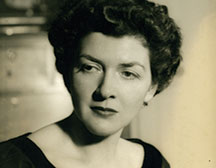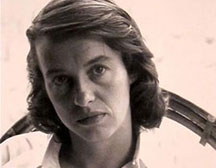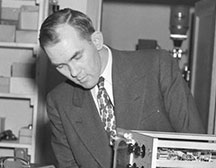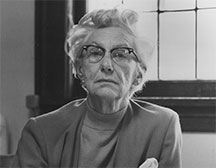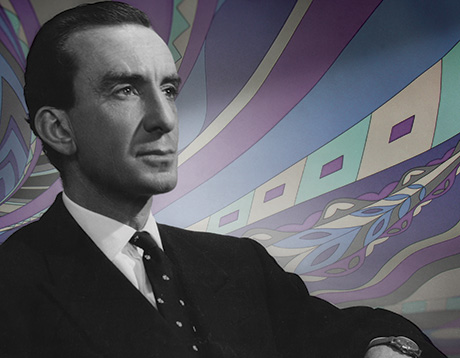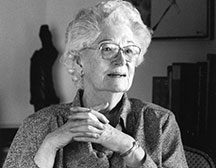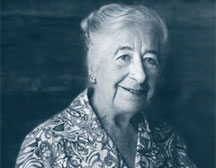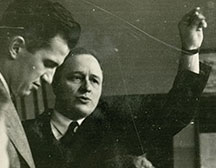Taught a Generation How to Look at Art
Joshua C. Taylor ’39
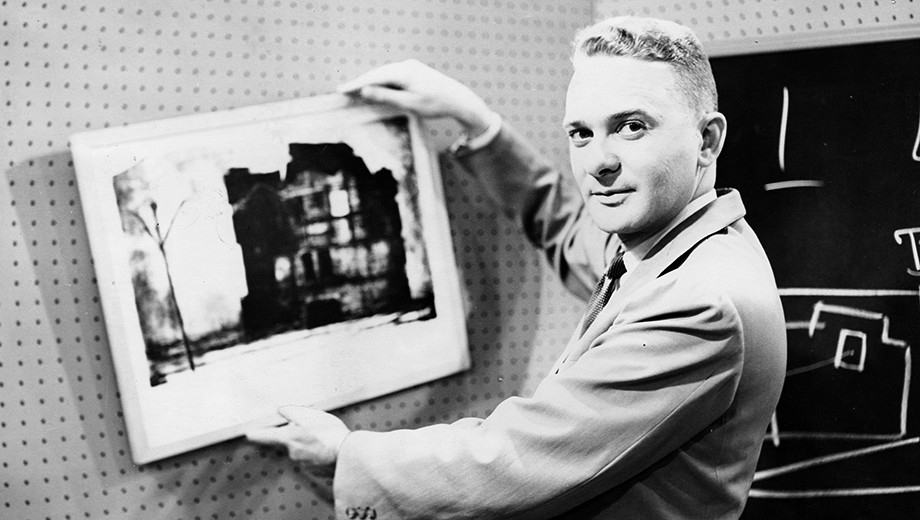
The world of art can be an imposing, even intimidating place, dominated by hidebound critics doling out doublespeak in musty museums.
Joshua Taylor ’39 turned that world on its ear.
A preeminent scholar with a flair for teaching, he served as director of the National Collection of Fine Arts (now the Smithsonian American Art Museum) in Washington, D.C., transforming it from a mere repository to a dynamic center of intellectual ferment. He inspired thousands of students to deepen their connection with art, and wrote a bestseller on art criticism that influenced a generation.
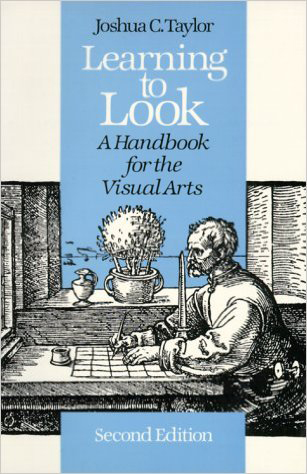
Taylor was first and foremost a teacher—a champion of the unknown, the unlikely, the forgotten, and the lost, who worked to bridge the gap between scholarship and the world of the museum. Museums, he believed, should focus on teaching the public, just as colleges teach students. Indeed, under his leadership, the NCFA was part picture gallery and part university. He wrote introductions and essays for the hundreds of exhibits he organized. Holdings of the museum’s library were systematically and expanded to provide a nucleus of first-rate study center. He set up a fellowship program in American art, where doctoral candidates and professors flocked to the collection to do research.
“A museum is not a graveyard of remembered feelings,” he said, “but a source for new experience.”
Born in Hillsboro, Oregon, in 1917, Taylor acquired his love for art on a practical level at the Museum Art School in Portland. In the mid-1930s, he designed for theater and the San Francisco Opera Ballet, which informed his installations later in life. He earned his BA from Reed in 1939, writing his thesis on French dramatist and librettist Eugène Scribe. After graduating, Taylor taught theatre at Reed and then joined the Army after the outbreak of World War II. Serving with the infantry, he rose from the rank of private to major and earned a Bronze Star. He spent part of his service in Italy, and on his days off walked around exploring old churches and works of art, prompting his decision to pursue a career in art history.
After the war, he earned a master’s degree in literature from Reed, and then taught and studied at Princeton, where he earned a master of fine arts and a doctorate. He joined the faculty at the University of Chicago in 1949 and won a university award for excellence in undergraduate teaching in 1956. He became a full professor in 1960 and was named William Rainey Harper Professor of Humanities in 1963.
In 1970, he was appointed director of the Smithsonian’s collection of American art. He believed that museums could attain the same level of scholarship as the best university art departments.
“He took pride in the fact that our museum considerably slowed down students who came to work on their degrees,” remembered Harry Lowe, the museum’s assistant director. “They learned to go much deeper in their subject. He was impatient with students who were too narrowly specialized, and wouldn’t go five years out of the period they were studying.”
For Taylor, art was a sensuous experience. He believed the viewer could participate in the thrill the artist experienced when creating the work. Refraining from teaching art from slides, he maintained there was no substitute for looking at the actual object. He had exhibition walls painted in vivid colors because “white backgrounds make people think they’re seeing the painting in a book,” and was no fan of “blockbuster” shows.
“More than five people in front of one painting is a mob,” he would say.
During his 11-year tenure, the NCFA became a center for graduate and post-graduate American art research, as well as education programs for children and the public. The museum’s permanent collection doubled to 25,000 works of art; its display area—shared with the National Portrait Gallery—was modernized, and roughly 25 exhibitions a year were produced.
Taylor’s taste was not limited to the art world. Former students in Chicago remembered attending dinners at his apartment, where he would hold forth at the stove. Years later, he feted art scholars with elegant lunches served in his Washington office.
“I never trust an art historian who doesn’t like to eat,” he said. “When I took students on graduate seminar in Rome, I always gave them lists of restaurants first—I thought they’d find the museums on their own.”
Not himself a collector, Taylor filled his Georgetown townhouse with things that had personal meaning. In Washington, he directed and undertook the scholarly parts of his museum job. But when it was time to write, he sought retreat at his second home in Taxco, Mexico, where he was instrumental in helping preserve the town’s historic district.
Specializing in 19th-century and 20th-century artistic theory and American and Italian painting of that period, Taylor authored six books, including Futurism , a study of the Italian art movement before World War I, and To See is to Think: Looking at American Art. But his “bestseller” was Learning to Look, a book he wrote for a first-year undergraduate program in the humanities at Chicago. It ultimately sold more than 300,000 copies; he considered it one of his greatest achievements as an educator.
In 1979, Taylor attended the dedication of Reed’s Studio Art Building, which was a gift of John and Betty Gray. Betty voiced her hope that someday a gallery could be added to the building, but Taylor strongly disagreed. He believed that a gallery should be a more integral part of both the campus and students’ lives, suggesting the library as a possibility for a teaching collection. The college named a chair after Taylor, funded through the art/history fund created by the Grays and Sue and Ed Cooley.
Taylor lamented that museums in smaller cities tried unsuccessfully to model themselves after large, urban museums.
“Museums in smaller cities should look to their own publics and to their own resources,” he said. “A museum should say something about its city’s past. If that past looks awful, it may be because of the stereotyped image that all art museums must boast a certain percentage of French impressionist works, etc.”
“We’re up to our old tricks,” he would say of the exhibits he mounted at the NCFA, “looking at what nobody else is looking at.”
He was a board member of the Museum of Contemporary Art of Chicago, the American Federation of the Arts, and the National Humanities Faculty. Until his death he was president of the College Art Association. He died April 26, 1981, in Washington, D.C., of a heart attack.
“The mind and life of man is characterized not by progress but by accumulation,” Taylor once said. “That knowledge is an ever-widening circle, not a path. Thus the past preserved exists not as a memory, but as a present, palpable reality.”
comments powered by DisqusFrom the Archives: The Lives they Led

Jeanne Knepper ’69
The First Openly Gay Woman to Be Ordained and Appointed Within the Oregon-Idaho Conference of the United Methodist Church
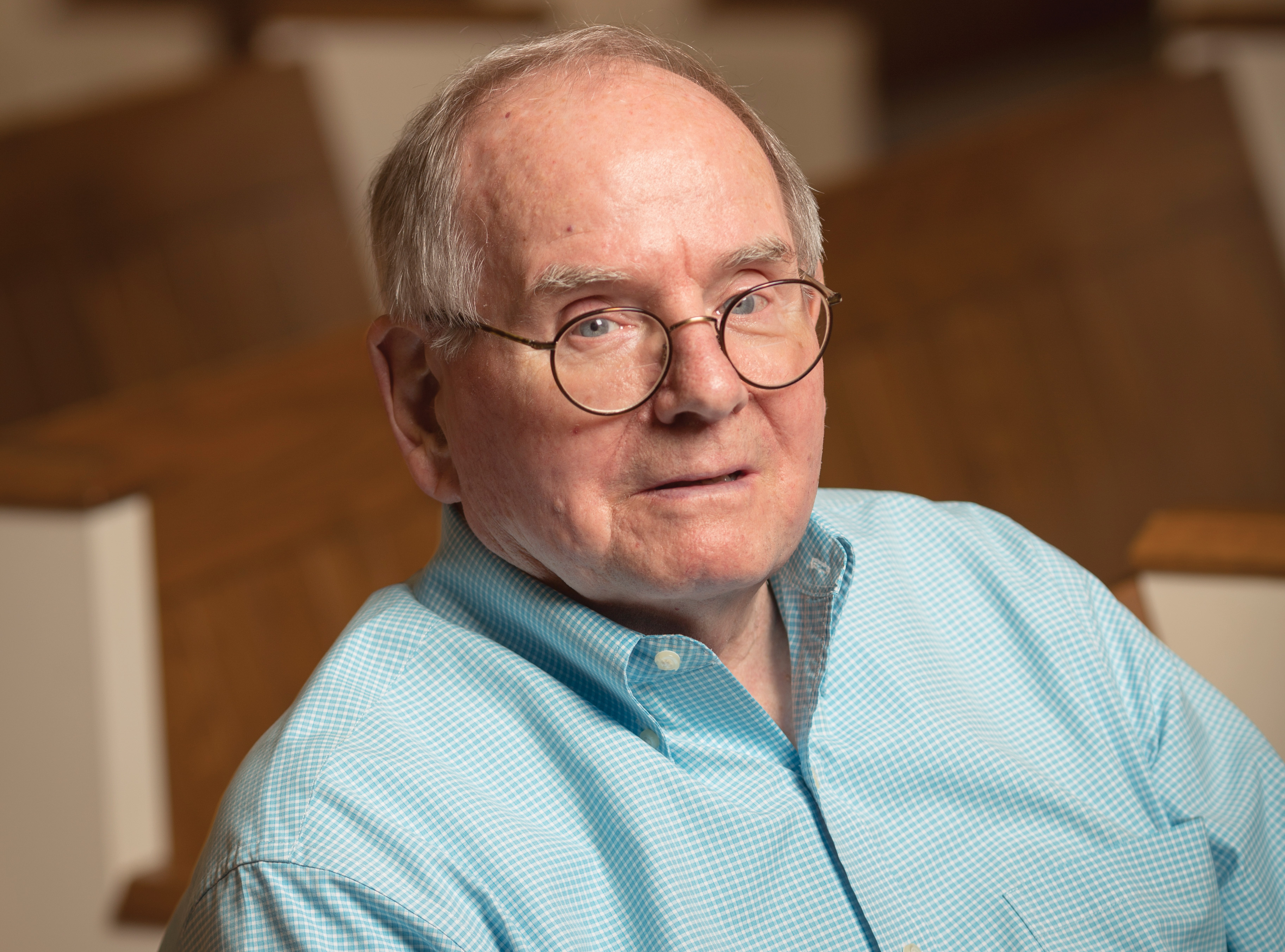
William Haden
As Acting President of Reed, He Strengthened the College's Finances and Alumni Relations
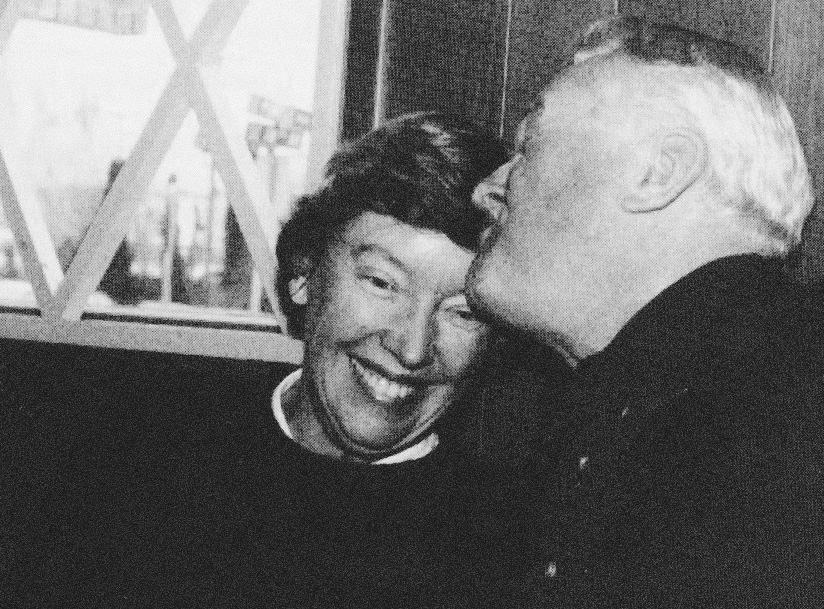
Nancy Horton Bragdon
Reed’s First Lady Whose Warmth and Leadership Were Invaluable During a Turbulent Time

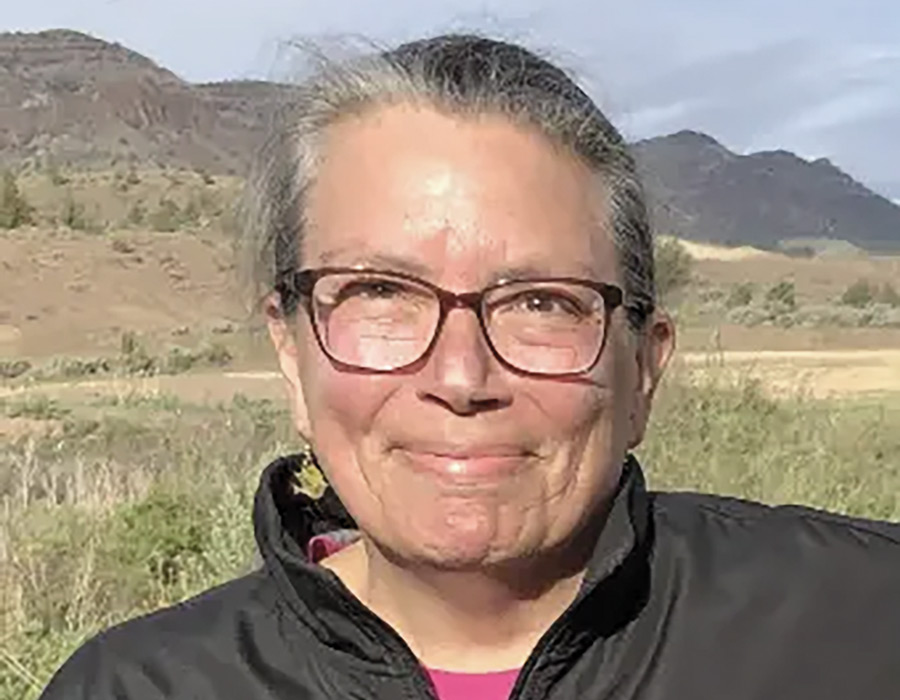
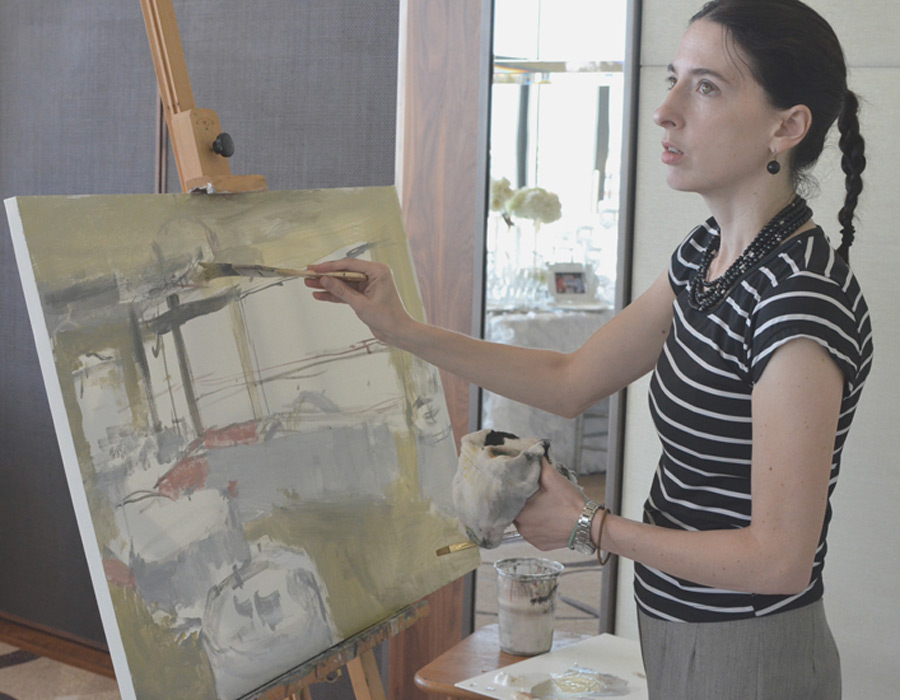


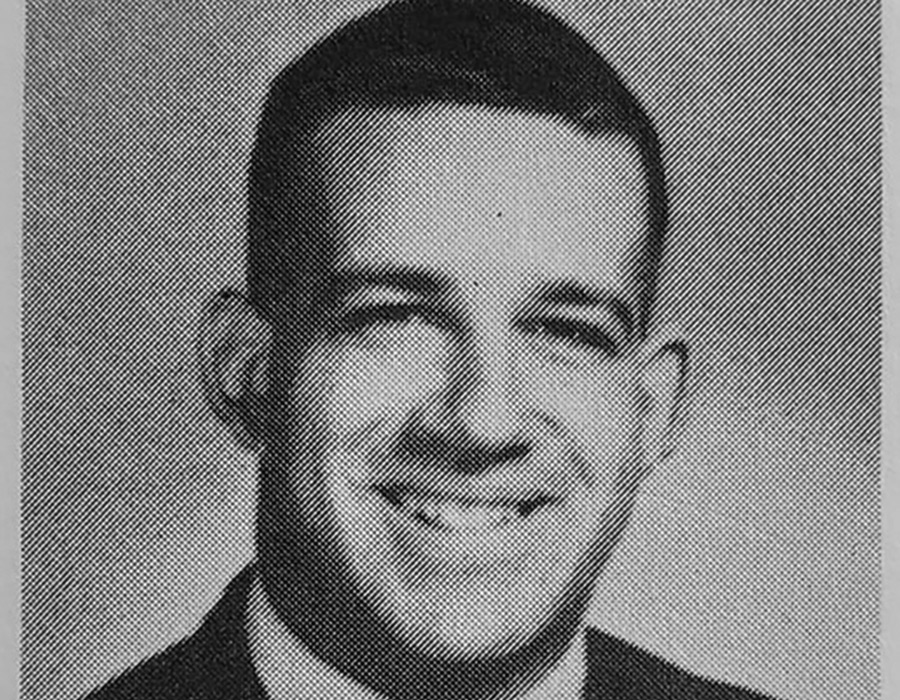
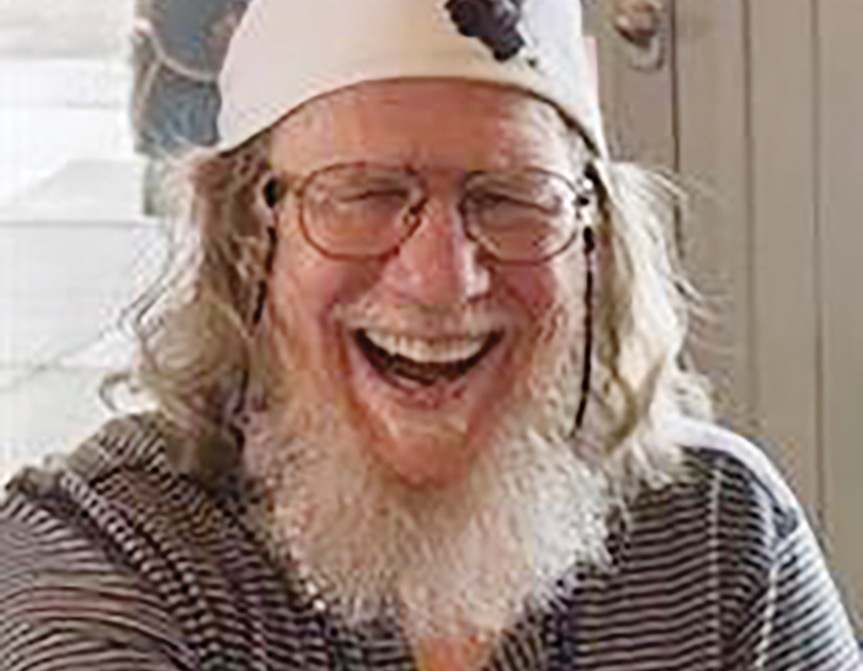

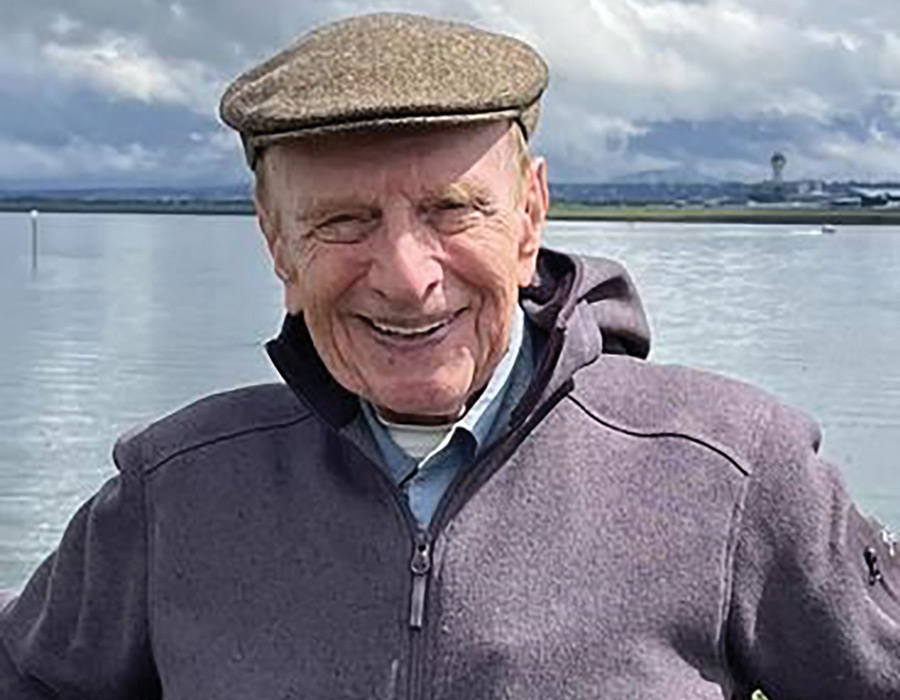
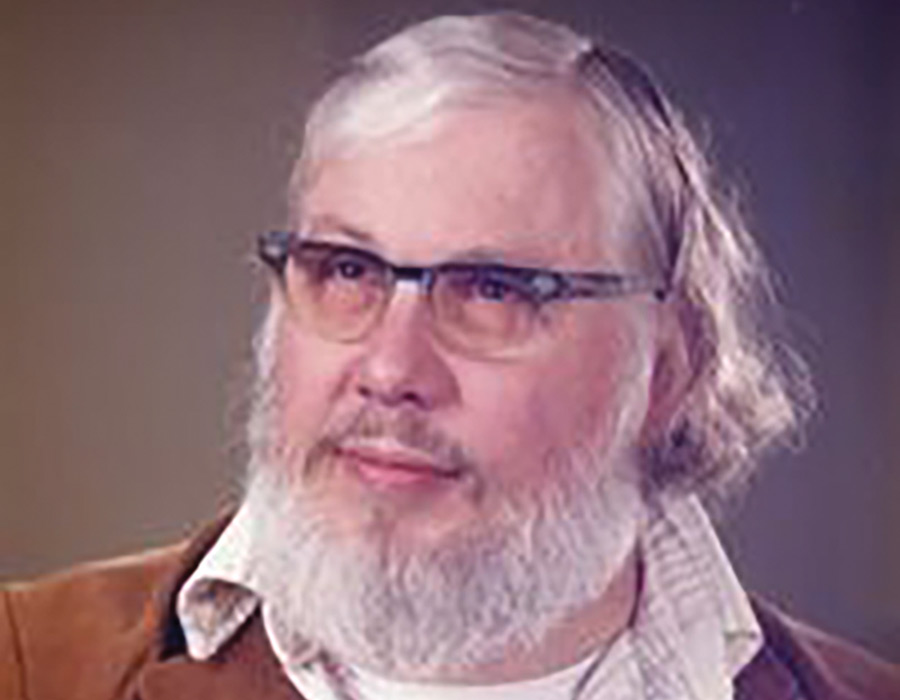
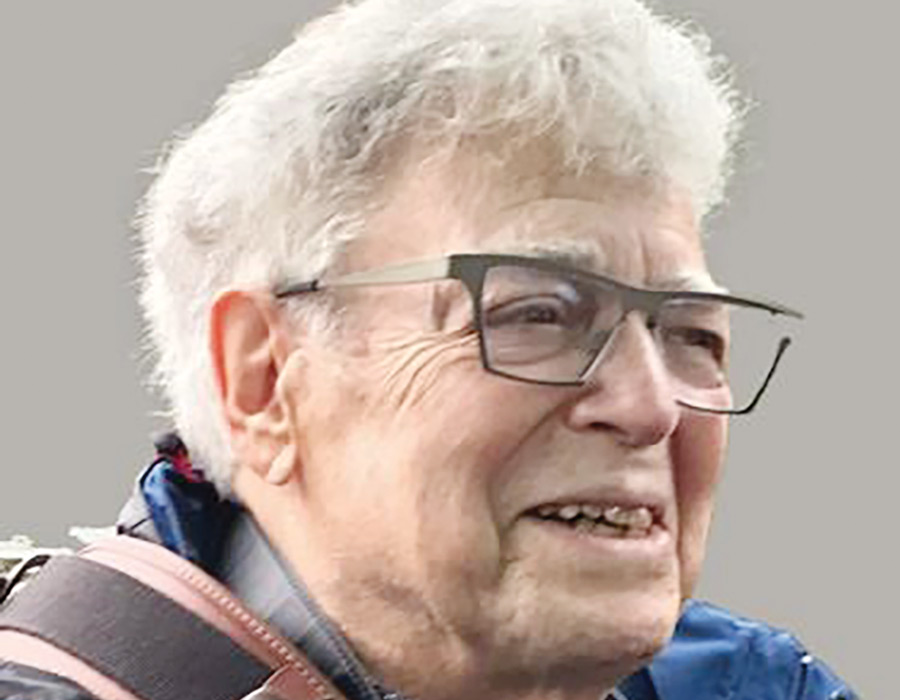
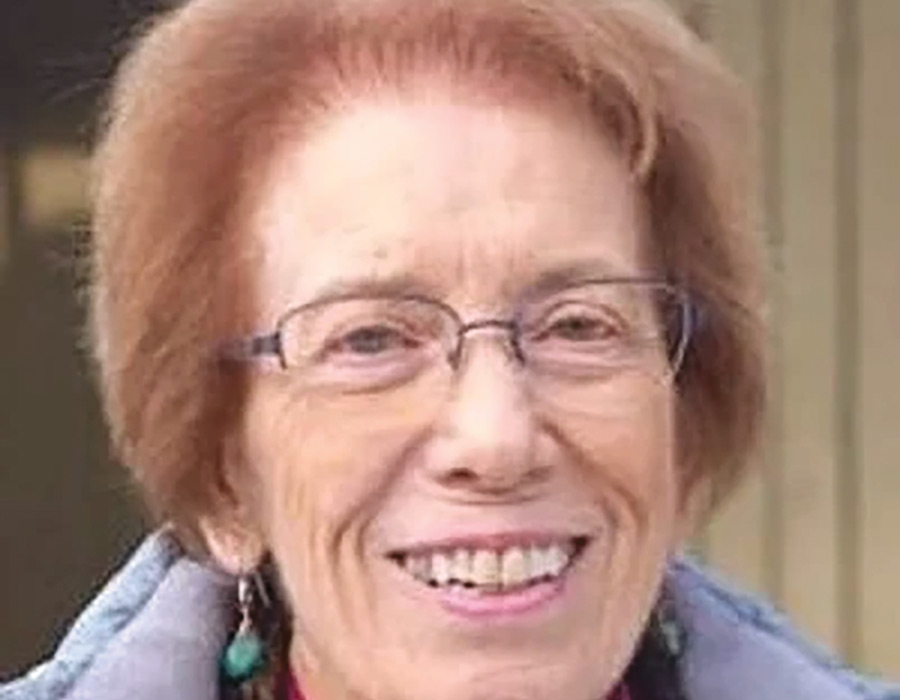
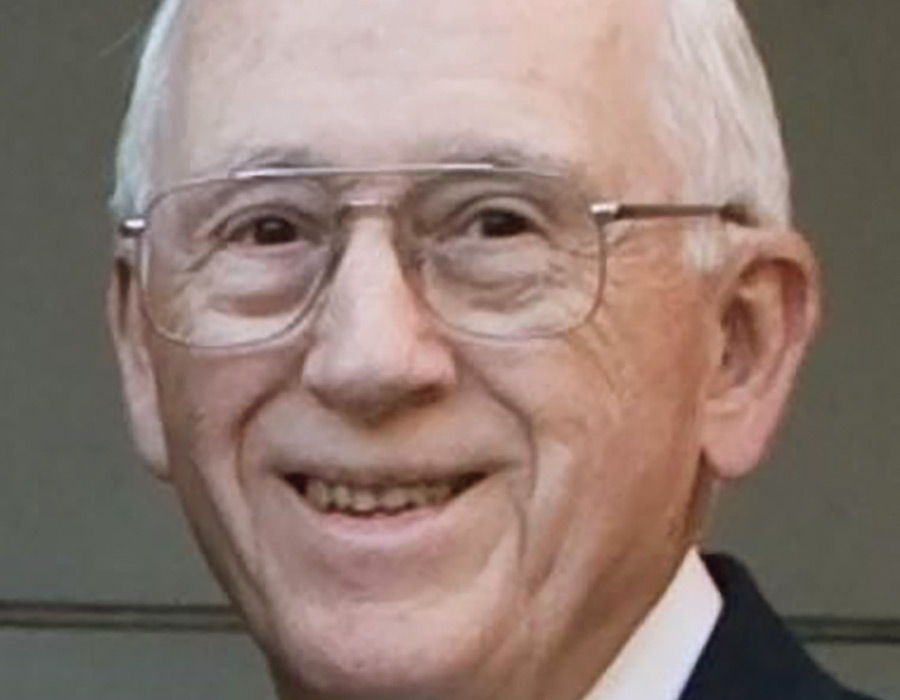
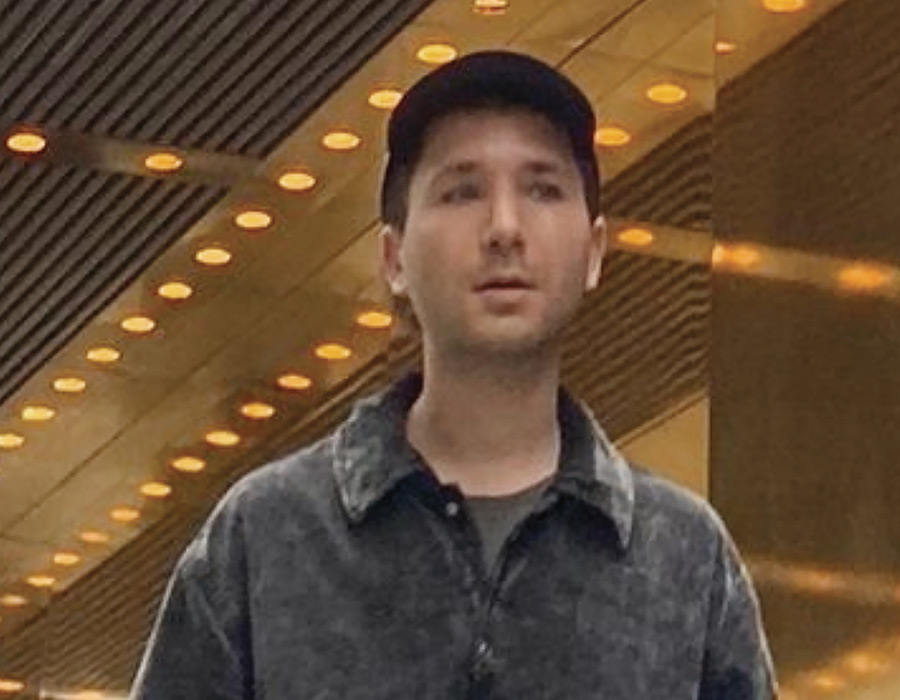
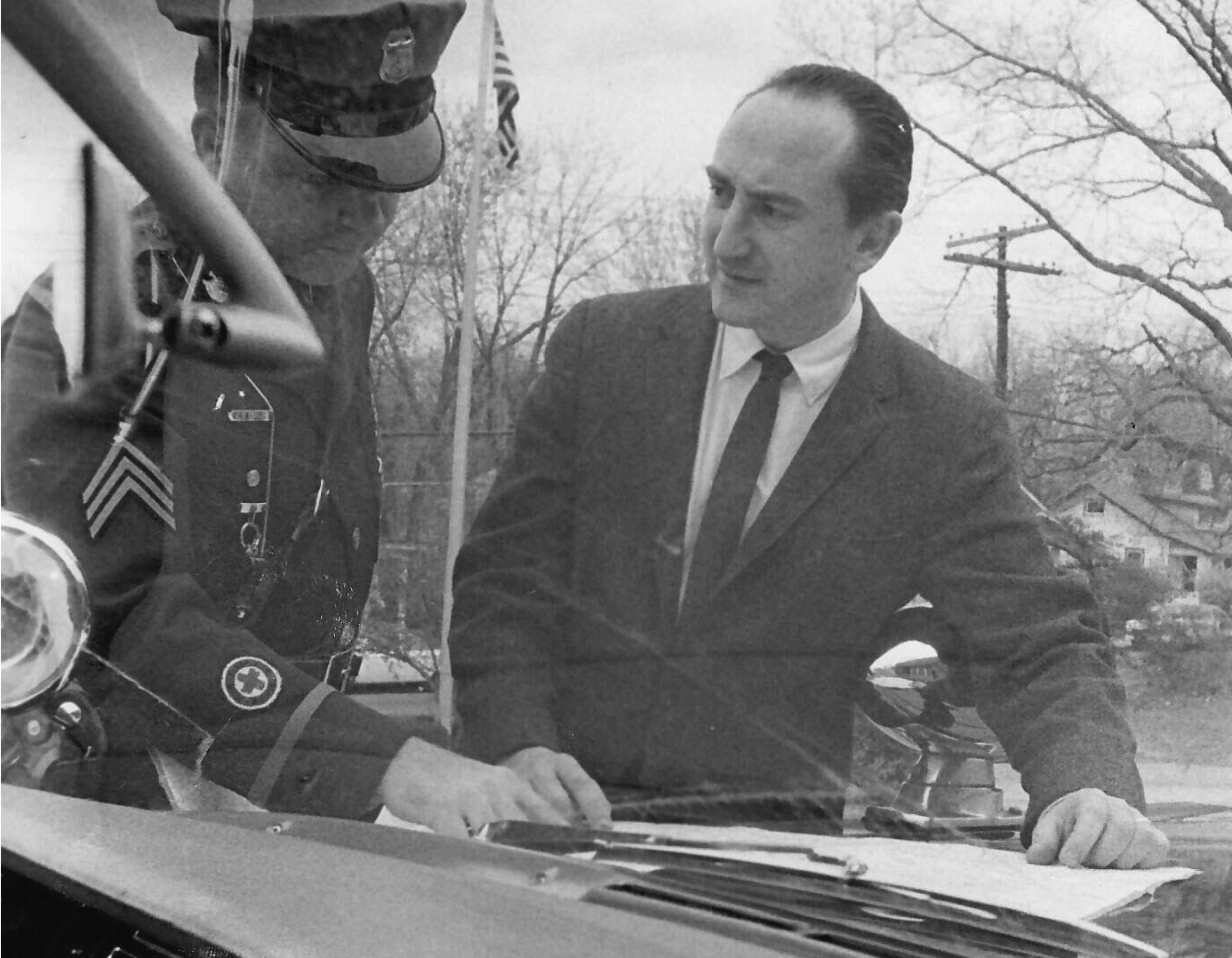

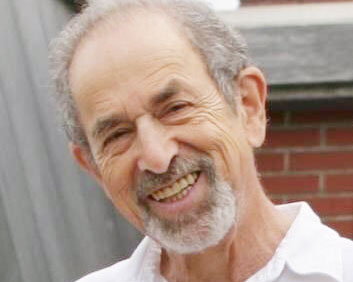
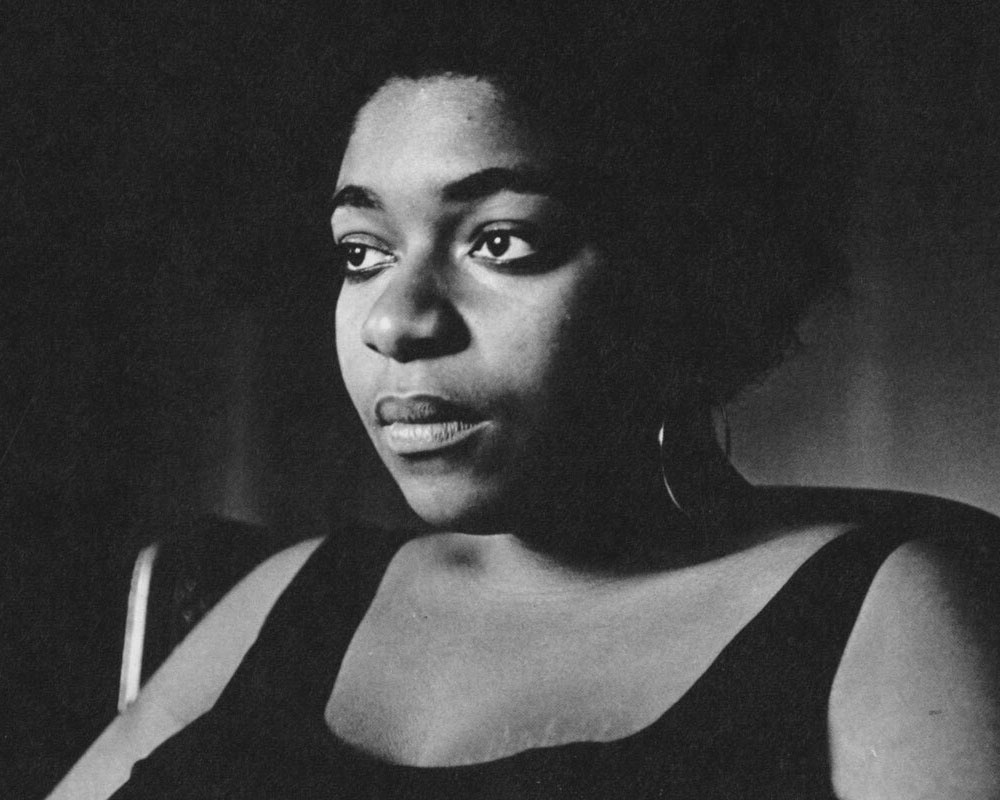
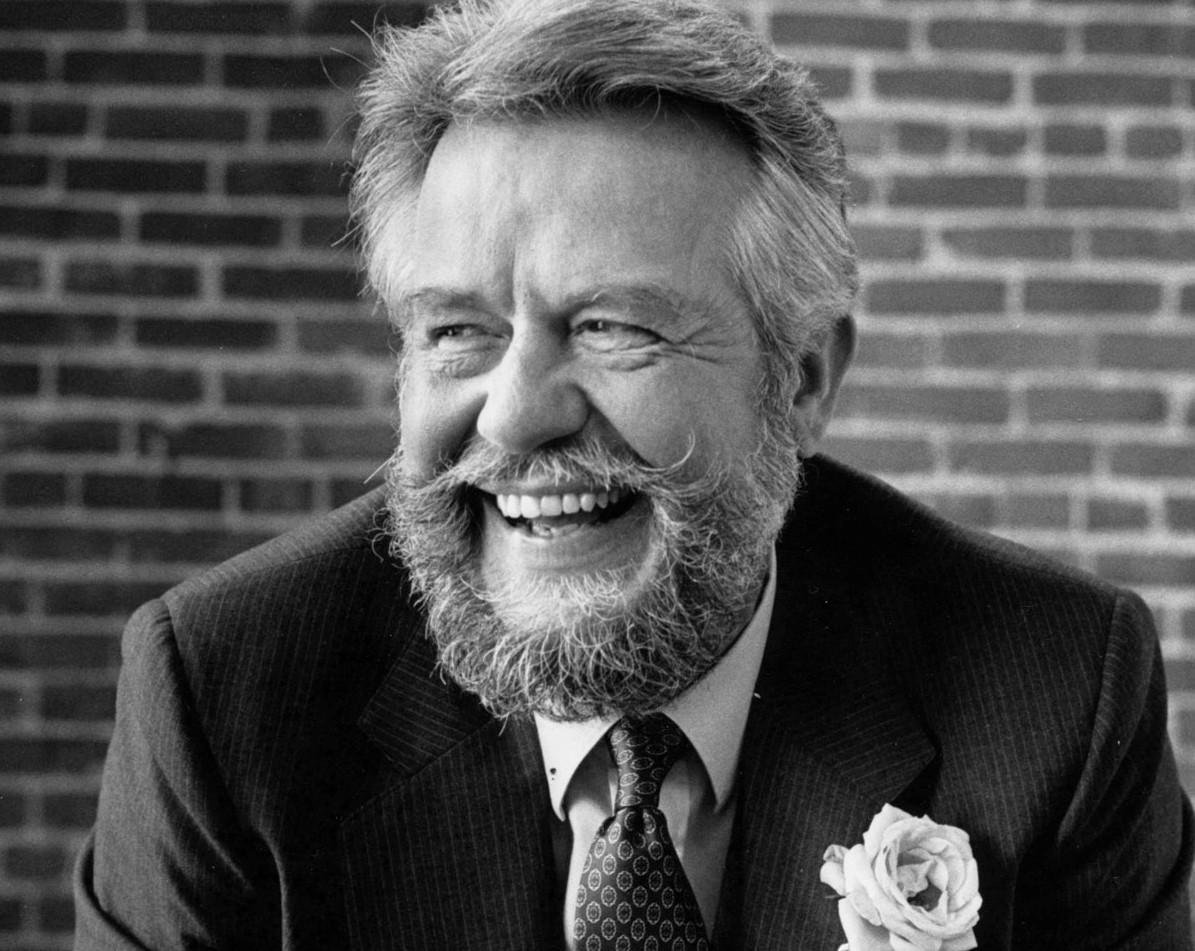
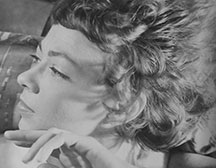
![Photo of Prof. Marvin Levich [philosophy 1953–94]](https://www.reed.edu/reed-magazine/in-memoriam/assets/images/2022/LTL-levich1.jpg)
![Photo of President Paul E. Bragdon [1971–88]](https://www.reed.edu/reed-magazine/in-memoriam/assets/images/2020/Bragdon.jpg)
![Photo of Prof. Edward Barton Segel [history 1973–2011]](https://www.reed.edu/reed-magazine/in-memoriam/assets/images/2020/Segel.jpg)
